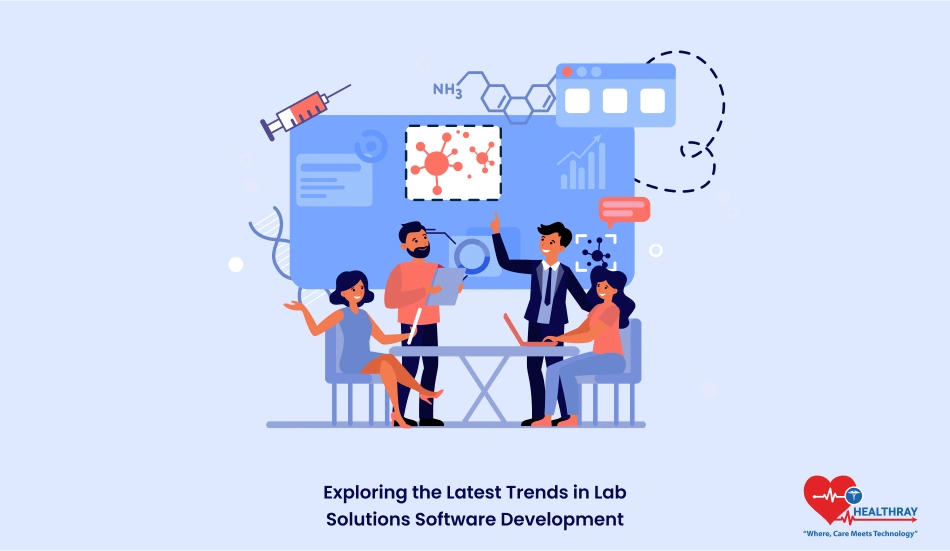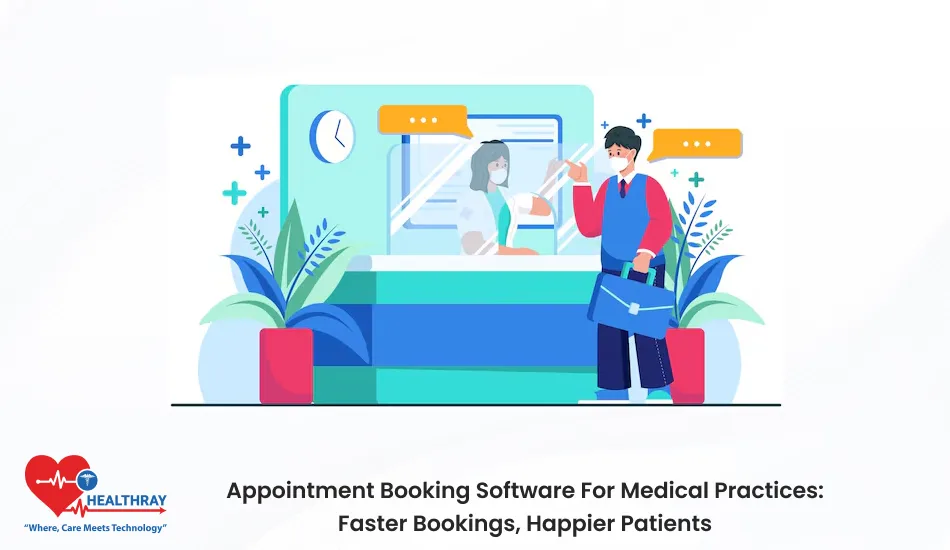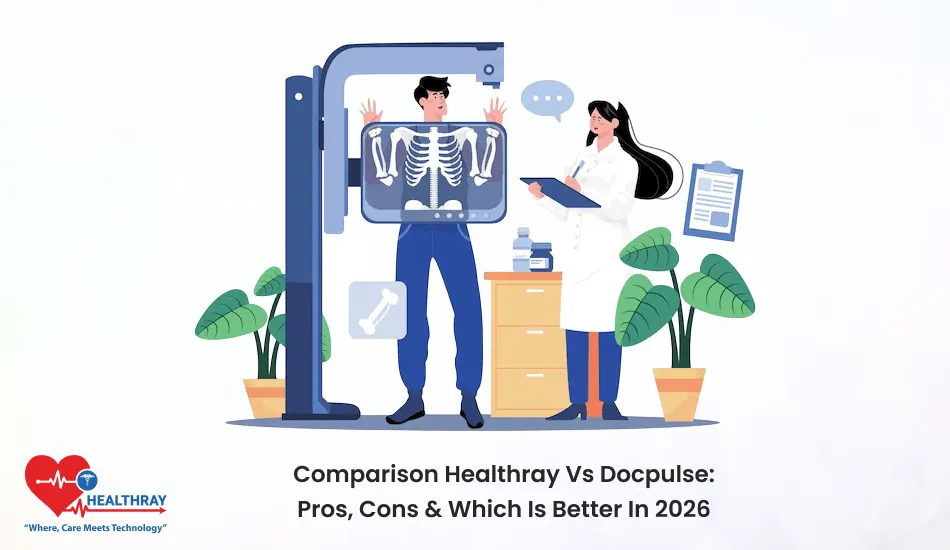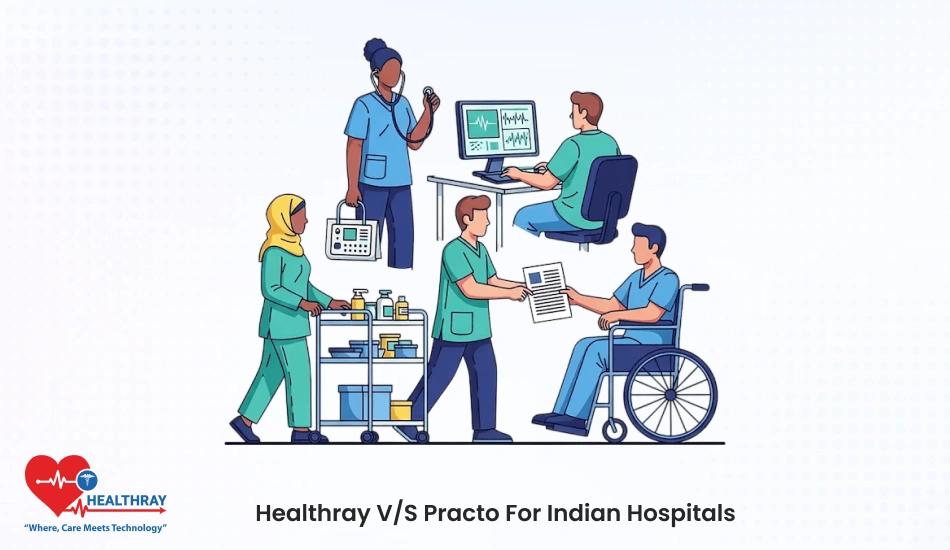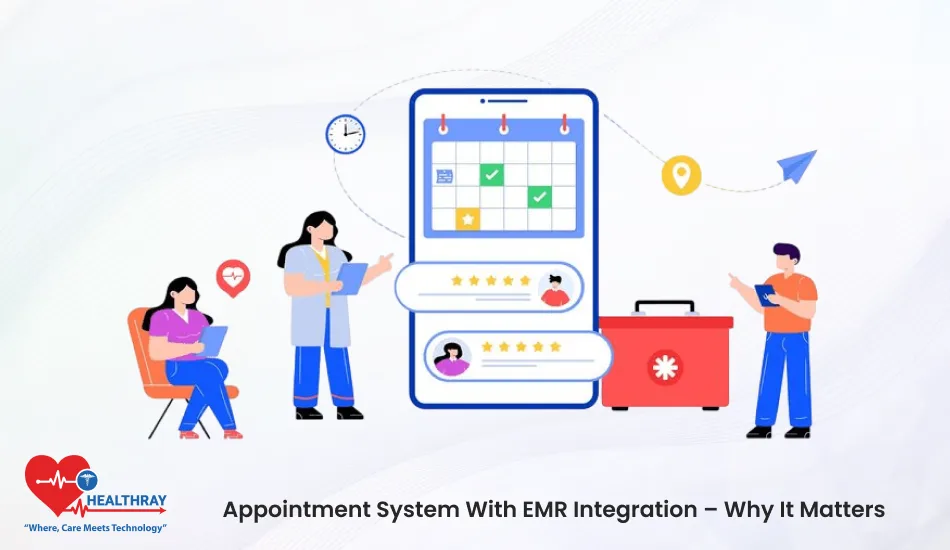Lab operations are getting smarter, faster, and more efficient thanks to cutting-edge software solutions. Lab managers, lab owners, and pathology owners are at the forefront of this shift, seeking tools that not only streamline workflows but also enhance accuracy and compliance.
This post dives into the key trends shaping the Laboratory Information Management System landscape. You’ll discover how AI, cloud technology, and automation are transforming labs, what it takes to implement these solutions, and how they can help labs stay ahead in a competitive field. Whether you’re exploring software options for the first time or looking to upgrade your systems, this guide will help you understand the possibilities and challenges ahead.
Integration of AI and Machine Learning in Lab Software
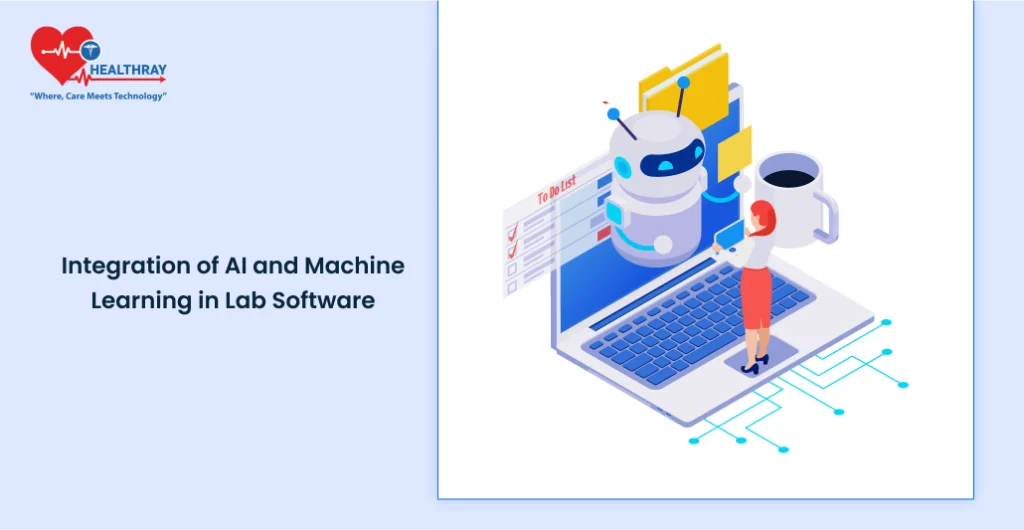
Artificial Intelligence (AI) and Machine Learning (ML) are revolutionizing lab operations by automating repetitive tasks and delivering powerful insights from complex datasets. These technologies help labs process information faster and improve decision-making accuracy.
Key Applications of AI and ML in Labs
- Data Analysis and Interpretation: Labs generate vast amounts of data daily. AI can sift through this data, identify patterns, and provide actionable insights. For example, AI algorithms can detect anomalies in test results or predict outcomes based on historical data.
- Automation of Repetitive Tasks: Manual processes, such as data entry or quality control, are prone to errors. AI-driven tools can handle these tasks efficiently, reducing human error and freeing up staff for more strategic work.
- Predictive Maintenance for Equipment: ML models can monitor lab equipment, predict maintenance needs, and prevent downtime. This proactive approach ensures smooth operations and extends the life of lab assets.
- Enhanced Diagnostics: AI-powered diagnostic tools assist in identifying diseases with greater accuracy and speed, especially in pathology labs. These tools analyze medical images and test results, offering early and precise diagnoses.
Benefits of AI and ML Adoption
- Efficiency Boost: Automating processes allows labs to handle higher volumes of work without additional staffing.
- Improved Accuracy: AI reduces human error, especially in data-heavy operations like test result analysis.
- Cost Savings: Predictive maintenance and streamlined operations can significantly cut operational costs.
Challenges to Consider
- Implementation Costs: Integrating AI requires upfront investment in technology and training.
- Data Privacy Concerns: Ensuring compliance with data protection regulations is crucial when dealing with sensitive information.
- Resistance to Change: Staff may need time and support to adapt to AI-driven workflows.
Transition to Cloud-Based Solutions
Cloud-based solutions are becoming a cornerstone of modern lab operations. They offer labs the ability to store, access, and share data securely from anywhere. For lab managers and owners, these solutions provide scalability, streamlined workflows, and the flexibility needed to adapt to changing demands.
Benefits of Cloud Solutions in Labs
- Scalability and Flexibility: Cloud platforms allow labs to scale their data storage and processing capabilities as their needs grow. Whether managing increasing test volumes or expanding services, cloud solutions can adapt without major infrastructure investments.
- Enhanced Collaboration: Remote access to data enables seamless collaboration among teams, even across locations. Pathology labs, for instance, can share test results or medical images with specialists in real time.
- Cost Efficiency: Unlike traditional systems that require significant upfront hardware investments, cloud-based solutions operate on a subscription model. This reduces capital expenditure and shifts costs to an operational model, which can be more manageable.
- Data Security and Disaster Recovery: Leading cloud providers offer advanced security features, including encryption, multi-factor authentication, and regular audits. Automatic backups and disaster recovery options ensure data remains safe and accessible during emergencies.
- Regulatory Compliance: Cloud systems are designed to comply with industry regulations like GDPR, HIPAA, or ISO standards. This ensures labs can maintain compliance while focusing on operations.
Challenges and Considerations
- Data Privacy Concerns: Labs must ensure that their chosen provider has strong data protection protocols in place.
- Internet Dependency: Cloud systems require reliable internet connectivity to function effectively.
- Migration Hurdles: Moving from on-premises systems to the cloud can involve temporary disruptions and learning curves.
Best Practices for Cloud Adoption
- Assess Needs and Goals: Determine what you want to achieve with cloud adoption, whether it’s improved collaboration, cost savings, or better data security.
- Choose the Right Provider: Select a provider experienced in handling lab-specific requirements and industry compliance.
- Start with a Pilot Program: Test the solution on a small scale before full implementation to ensure it aligns with your lab’s workflows.
Automation in Lab Operations
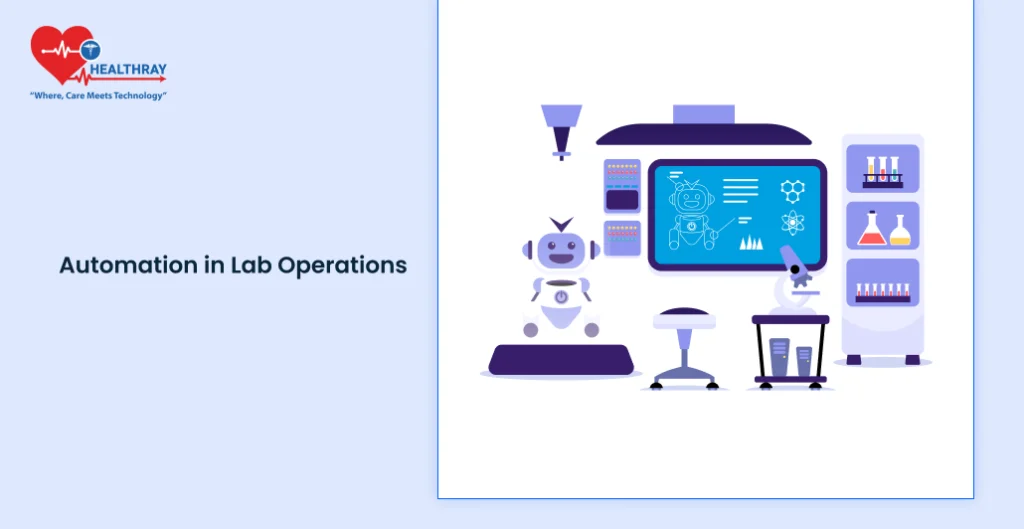
Automation is transforming lab operations by replacing time-consuming manual tasks with faster, more reliable processes. Labs can now achieve higher productivity, improved precision, and reduced operational costs, making automation a game-changer for lab managers and pathology owners.
Key Areas Where Automation is Making an Impact
- Sample Handling and Testing: Automated systems handle sample collection, preparation, and analysis with minimal human intervention. This ensures consistency and accuracy while reducing turnaround times.
- Data Entry and Management: Manual data entry is error-prone and tedious. Automation tools seamlessly capture, process, and store data, eliminating the risk of mistakes and saving time.
- Inventory and Supply Management: Labs can use automated systems to track inventory, manage supply levels, and even reorder consumables automatically. This prevents shortages and overstocking.
- Quality Control: Automation ensures adherence to quality standards by performing real-time monitoring and validation during testing processes. This minimizes errors and maintains compliance with regulatory requirements.
- Workflow Integration: Automated systems connect different stages of the lab process, creating a smooth workflow. For instance, once test results are ready, they can be automatically sent to the right department or stored securely.
Advantages of Automation in Labs
- Increased Efficiency: Automated workflows allow labs to process more samples in less time.
- Enhanced Accuracy: Machines don’t fatigue, reducing the likelihood of errors compared to manual tasks.
- Cost Savings: Although automation requires an initial investment, it reduces labor costs and waste over time.
- Better Staff Utilization: Automation frees up lab professionals to focus on complex, value-added tasks rather than repetitive activities.
Challenges to Keep in Mind
- Initial Costs: Automation systems can be expensive to set up. However, they provide a strong return on investment in the long run.
- Integration Issues: Labs with legacy systems may face difficulties integrating automated solutions.
- Training Needs: Staff must be trained to operate and maintain automated systems effectively.
Steps to Begin Automating Lab Processes
- Identify Bottlenecks: Pinpoint tasks that are repetitive, time-consuming, or error-prone.
- Invest in Scalable Solutions: Choose systems that can grow with your lab’s needs.
- Provide Comprehensive Training: Ensure staff are well-prepared to work with new systems.
Automation isn’t just about keeping up with trends; it’s about empowering labs to do more with less effort.
Customization and Flexibility in Software Systems
Every lab has unique workflows, goals, and challenges. A one-size-fits-all software solution often falls short of meeting specific needs. Customizable and flexible software empowers labs to adapt technology to their operations, improving efficiency and ensuring seamless integration with existing systems.
Core Areas for Customization in Lab Software
- Workflow Design: Labs can configure software to mirror their exact workflows. For example, a pathology lab may prioritize specimen tracking, while a research lab may focus on data analysis and reporting.
- Data Management: Custom software allows labs to define how data is collected, stored, and shared. This ensures compliance with regulations and compatibility with other tools.
- Reporting and Analytics: Labs can generate reports tailored to their needs, whether it’s detailed analysis for regulatory bodies or summary reports for internal use. Custom dashboards provide quick insights at a glance.
- Integration with Instruments and Systems: Flexible software can connect with lab equipment and external systems, such as hospital information systems or electronic medical records. This reduces manual data entry and improves accuracy.
- Scalability: Customizable software can grow with the lab. Whether it’s adding new users, integrating more devices, or expanding functionalities, flexible systems accommodate growth without requiring complete overhauls.
Benefits of Custom and Flexible Software
- Operational Efficiency: Tailored software eliminates unnecessary features and focuses on the tools your lab needs most.
- Cost Effectiveness: While custom solutions may have higher upfront costs, they reduce waste and improve ROI by targeting specific pain points.
- Improved User Experience: Staff members find it easier to use systems that are designed with their workflows in mind.
- Better Compliance: Labs can ensure the software aligns with industry-specific regulations, reducing the risk of non-compliance.
Challenges to Customization
- Development Time: Creating or customizing software takes longer than implementing off-the-shelf solutions.
- Higher Initial Costs: Custom development can be more expensive initially but pays off through better alignment with lab needs.
- Ongoing Maintenance: Regular updates and support are needed to keep the software performing optimally.
How to Approach Custom Software Development
- Identify Pain Points: Pinpoint where current systems fall short and prioritize these areas for customization.
- Engage Stakeholders: Involve lab staff, IT teams, and other stakeholders in the development process to ensure the solution meets everyone’s needs.
- Choose a Reliable Partner: Work with experienced software developers who understand the lab industry.
- Test and Iterate: Roll out the customized software in stages, gathering feedback and making improvements as needed.
Customized and flexible software is more than a luxury—it’s an investment in your lab’s long-term success. It ensures your technology grows with your lab while addressing the unique challenges you face every day.
Data Security and Compliance
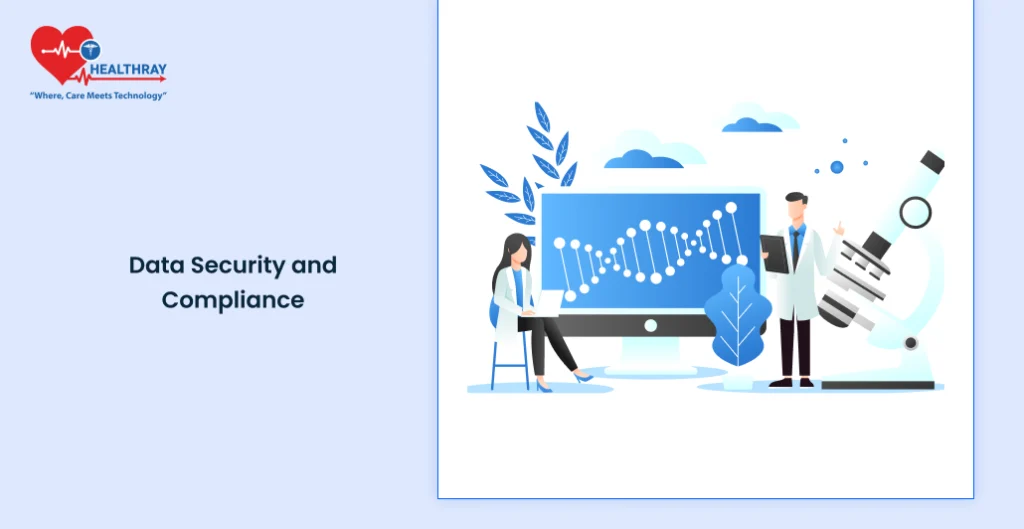
Labs handle sensitive data, including patient information, test results, and proprietary research. Protecting this information is not just a legal obligation but also crucial for maintaining trust with clients and stakeholders. Robust data security measures and strict compliance protocols help labs safeguard their operations and reputation.
Key Components of Lab Data Security
- Encryption: Encryption ensures that data remains unreadable to unauthorized users during transmission and storage. Whether sharing test results with healthcare providers or backing up data, encryption is a vital defense.
- Access Control: Role-based access controls limit data access to authorized personnel only. For example, lab technicians may access operational data, while administrators manage overall system settings.
- Regular Audits: Conducting regular security audits helps labs identify vulnerabilities and address them before they can be exploited. Audits also ensure compliance with evolving regulations.
- Secure Data Storage: Storing data on secure servers or cloud platforms with multiple layers of protection reduces the risk of unauthorized access or loss due to system failures.
- Backup and Recovery Plans: Regular backups ensure that data can be restored quickly in the event of a breach, system failure, or natural disaster. A robust recovery plan minimizes downtime and protects sensitive information.
Compliance Challenges for Labs
- Regulatory Complexity: Labs must comply with industry regulations such as GDPR, HIPAA, or ISO standards, depending on their location and operations. These regulations dictate how data is handled, stored, and shared.
- Global Collaboration: Labs working across borders face challenges in adhering to multiple regulatory frameworks. A centralized, compliant system simplifies this process.
- Evolving Threats: Cybersecurity threats constantly evolve, requiring labs to stay updated on the latest risks and mitigation strategies.
Steps to Ensure Compliance
- Understand Relevant Regulations: Identify the regulations applicable to your lab and ensure all processes align with these requirements.
- Invest in Secure Software: Use software designed with data security and compliance in mind. Features like automatic audit logs and real-time monitoring can simplify compliance.
- Train Staff: Regularly train employees on data security protocols and the importance of compliance. Human error is often a significant risk factor.
- Monitor and Update: Continuously monitor systems for vulnerabilities and update protocols as regulations change.
A single data breach can lead to significant financial losses, legal consequences, and a damaged reputation. Prioritizing data security isn’t just about protecting information—it’s about ensuring your lab can operate with confidence and integrity.
Interoperability and Standardization
Interoperability ensures that different systems and devices within a lab can work together seamlessly. It eliminates silos, improves efficiency, and enhances data accuracy. For labs collaborating with external organizations, interoperability is key to smooth communication and data sharing.
Standardization establishes common protocols and data formats, making it easier for diverse systems to connect and exchange information. Without standardization, integrating new tools or collaborating across platforms can lead to errors, delays, and miscommunication.
Key Benefits of Interoperability in Labs
- Streamlined Operations: Interoperable systems integrate processes like sample tracking, data analysis, and reporting into a unified workflow. This reduces duplication and speeds up turnaround times.
- Accurate Data Exchange: When systems use standardized formats, there’s less risk of errors during data transfer. For example, lab results shared with healthcare providers can be automatically formatted to fit their systems.
- Improved Collaboration: Labs often collaborate with external entities, such as hospitals, research institutions, or regulatory agencies. Interoperability ensures data can be shared securely and in a format everyone can use.
- Easier Scaling: As labs grow or adopt new technology, standardized systems make it easier to add new devices or software without major disruptions.
- Regulatory Compliance: Many compliance frameworks require labs to demonstrate that their systems can securely exchange data with external entities. Interoperability simplifies this process.
Challenges to Achieving Interoperability
- Legacy Systems: Older equipment and software often lack modern connectivity features, requiring costly upgrades or workarounds.
- Diverse Standards: Different vendors may adhere to varying standards, complicating integration efforts.
- Data Security Risks: Connecting multiple systems increases the potential for unauthorized access if security isn’t managed effectively.
Steps to Foster Interoperability
- Adopt Industry Standards: Use software and devices that comply with widely recognized standards, such as HL7 or ASTM, to ensure compatibility.
- Work with Trusted Vendors: Choose vendors who prioritize interoperability and offer solutions designed to integrate with other systems.
- Plan for Upgrades: Gradually phase out legacy systems and invest in newer, more compatible technologies.
- Test Integrations: Before full implementation, test new systems to ensure they integrate properly and securely with existing workflows.
- Prioritize Security: Implement strong data encryption and access controls to protect information as it moves between systems.
Telemedicine’s Impact on Laboratory Information Systems (LIS)
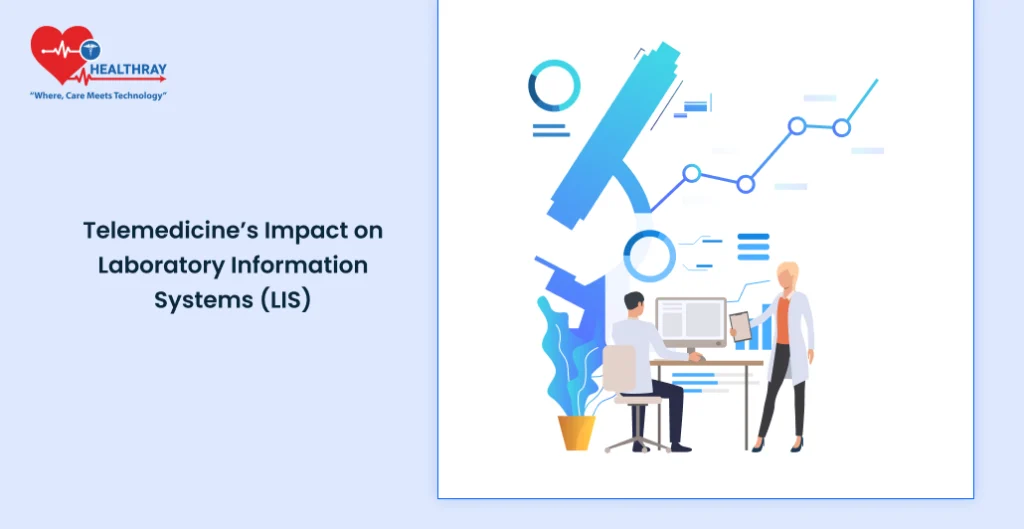
The rise of telemedicine has reshaped healthcare, and labs are no exception. As virtual consultations and remote patient monitoring become common, labs must adapt their systems to integrate with telemedicine workflows. This transformation demands robust, flexible Laboratory Information Systems (LIS) capable of handling new challenges and opportunities.
Key Changes Telemedicine Brings to LIS
- Remote Access to Test Results: Telemedicine requires labs to make test results available to healthcare providers and patients remotely. LIS systems must facilitate secure, real-time access to data while ensuring compliance with privacy regulations.
- Integration with Telemedicine Platforms: Modern LIS must seamlessly connect with telemedicine platforms, enabling healthcare providers to order tests, view results, and communicate with labs from a single interface.
- Faster Turnaround Times: In virtual care settings, timely diagnostics are critical. Telemedicine accelerates the demand for rapid test processing and result delivery. Labs equipped with efficient LIS systems can meet these expectations.
- Support for Point-of-Care Testing (POCT): Remote patient monitoring often involves POCT devices that collect data outside traditional lab environments. LIS systems need to integrate these devices and manage their data alongside standard lab workflows.
- Enhanced Patient Communication: Telemedicine fosters direct communication between labs and patients. An LIS with patient portals can provide test updates, explain results, and address queries without intermediaries.
Benefits of Adapting LIS for Telemedicine
- Improved Patient Experience: Direct access to results and faster service enhance patient satisfaction.
- Better Collaboration: Integrated systems make it easier for labs and healthcare providers to work together, improving overall care quality.
- Operational Efficiency: Automating processes like test ordering and reporting reduces manual effort and speeds up workflows.
Challenges in Adapting LIS for Telemedicine
- System Compatibility: Ensuring LIS systems work with diverse telemedicine platforms can be technically complex.
- Data Security Concerns: Remote access increases the need for robust security measures to protect sensitive patient data.
- Training and Adoption: Staff must be trained to use updated LIS systems effectively, especially in labs unfamiliar with telemedicine workflows.
Steps to Adapt LIS for Telemedicine
- Evaluate Current Systems: Assess whether your existing LIS can support telemedicine needs or requires upgrades.
- Focus on Integration: Work with vendors to ensure your LIS integrates smoothly with telemedicine platforms.
- Enhance Security Features: Implement advanced encryption, multi-factor authentication, and regular security audits.
- Incorporate Patient Portals: Enable patients to access their test results and communicate with the lab directly.
- Optimize Turnaround Times: Invest in automation and streamlined workflows to process and deliver results faster.
Telemedicine isn’t just changing how healthcare is delivered—it’s redefining the role of labs. By modernizing LIS systems, labs can support this transformation and stay relevant in an increasingly digital healthcare landscape.
Implementation Strategies
Adopting modern software is a significant step for labs, but it comes with challenges. Successful implementation requires careful planning, collaboration, and a phased approach to ensure minimal disruption and maximum benefits.
Key Steps for Implementing New Lab Software
- Define Goals and Requirements: Start by identifying what you want to achieve with the new software. Are you looking to improve data management, automate workflows, or enhance compliance? Documenting specific goals helps guide the selection and implementation process.
- Engage Stakeholders Early: Include lab staff, IT teams, and other stakeholders from the beginning. Their insights are crucial for selecting software that meets real-world needs and ensures buy-in during implementation.
- Choose the Right Vendor: Partner with a vendor experienced in lab-specific solutions. Look for providers who offer customizable, scalable systems and have a track record of successful implementations.
- Develop a Detailed Implementation Plan: A well-structured plan should outline timelines, roles, and responsibilities. Break the process into manageable phases, such as data migration, system setup, and user training.
- Test Before Full Rollout: Conduct a pilot program with a small team or department to identify potential issues. Use the feedback to refine the system before deploying it across the lab.
- Provide Comprehensive Training: Equip your team with the knowledge and skills they need to use the new system effectively. Hands-on training sessions and user manuals can reduce the learning curve.
- Monitor and Optimize Post-Implementation: After the system goes live, track performance metrics to ensure it’s meeting your goals. Gather feedback from users and make adjustments as needed to optimize functionality.
Tools like Uniqode’s dynamic QR codes can simplify this process—labs can place QR codes at workstations or on staff notices to quickly collect user feedback through forms. Other options include in-app surveys, follow-up emails, or embedding quick polls within the lab portal. These methods help you gather insights efficiently while encouraging broader team participation in ongoing improvement.Uniqode’s dynamic QR codes
Challenges During Implementation
- Resistance to Change: Employees may be hesitant to adopt new systems, especially if they are comfortable with existing processes.
- Data Migration Issues: Transferring data from legacy systems to the new software can be complex and time-consuming.
- Integration Problems: Ensuring compatibility with existing equipment and software may require additional development.
- Budget Constraints: Balancing costs with functionality is a common challenge for labs implementing new systems.
Tips to Overcome Challenges
- Communicate the Benefits: Clearly explain how the new system will make tasks easier and improve operations.
- Plan for Downtime: Schedule implementation during low-activity periods to minimize disruptions.
- Seek Vendor Support: Work closely with your vendor for technical assistance and guidance during the transition.
Future Outlook: Emerging Trends in Lab Software Development
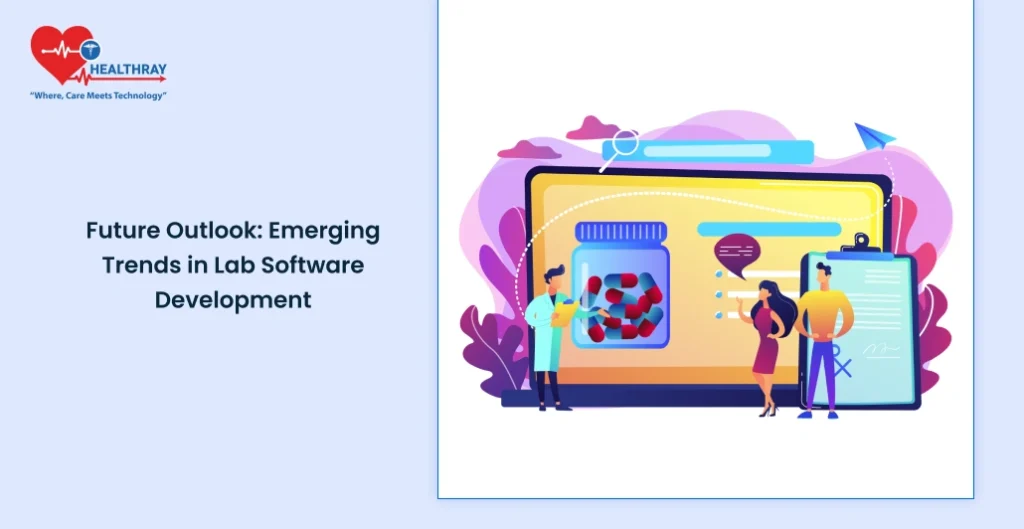
The lab technology landscape is constantly evolving, driven by advances in science, technology, and the demands of healthcare and research. Staying ahead of emerging trends is crucial for labs that want to remain competitive, efficient, and compliant.
Emerging Trends Shaping the Future of Lab Software
- Increased Role of Artificial Intelligence: AI and machine learning will continue to evolve, enabling labs to perform complex data analysis, identify patterns, and even predict outcomes. Future applications may include AI-powered diagnostics and personalized medicine solutions.
- More Comprehensive Data Integration: As labs handle larger datasets from diverse sources, software solutions will focus on seamless integration and analysis. Unified platforms will allow labs to connect instruments, systems, and external databases for a holistic view of operations.
- Blockchain for Data Security: Blockchain technology is gaining traction for its ability to provide secure, immutable data records. Labs handling sensitive information may adopt blockchain to enhance transparency, security, and regulatory compliance.
- Advanced Robotics in Labs: Robotics will play a more prominent role, not just in sample handling but also in processes like chemical synthesis and precision testing. Software will need to adapt to manage these advanced robotic workflows.
- Internet of Medical Things (IoMT): IoT-enabled devices will further integrate with lab systems, enabling real-time data collection, remote monitoring, and predictive maintenance. Labs will benefit from smarter, connected ecosystems.
- Focus on User-Centric Design: Future software will prioritize user-friendly interfaces, reducing the learning curve and making advanced tools accessible to all lab staff. This trend aligns with the need for greater adoption of technology across labs.
- Global Standardization: As labs collaborate across borders, there will be a push for standardized protocols, data formats, and compliance measures. This will streamline international partnerships and ensure consistent quality.
How Labs Can Prepare for the Future
- Invest in Scalable Solutions: Choose software that can grow with your lab and accommodate future technologies.
- Stay Updated: Keep an eye on industry trends and emerging technologies to identify opportunities for improvement.
- Collaborate with Tech Partners: Work with vendors and developers who are at the forefront of innovation.
- Focus on Training: Ensure staff are prepared to adopt and maximize the potential of new tools and workflows.
Conclusion
The lab software landscape is undergoing a transformation, driven by advances in AI, automation, cloud technology, and digitalization. These trends are not just shaping how labs operate today—they’re setting the foundation for the labs of tomorrow.
For lab managers, lab owners, and pathology leaders, this evolution presents both challenges and opportunities. By adopting modern software solutions, labs can enhance efficiency, reduce errors, and stay competitive in a fast-paced industry. However, successful adoption requires careful planning, stakeholder involvement, and a commitment to staying updated on emerging technologies.
Whether your lab is looking to implement automation, transition to cloud-based systems, or integrate AI-powered tools, the future is full of possibilities. The right software can streamline operations, improve data security, and open doors to new levels of innovation and collaboration.
The time to act is now. Investing in cutting-edge lab solutions will not only help you meet today’s demands but also prepare your lab to thrive in the years to come.
